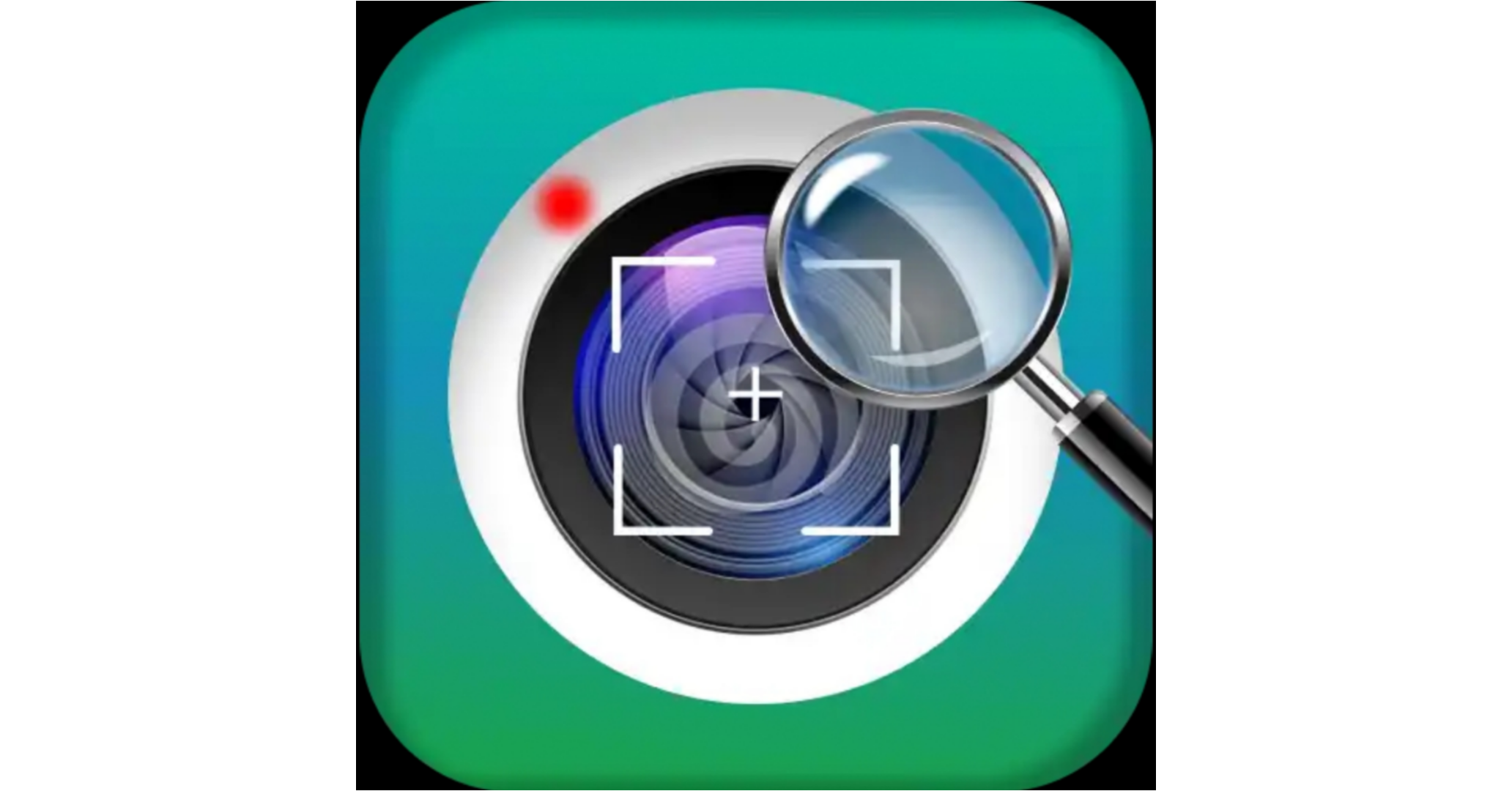Hidden Camera Detector: Safeguarding Your Privacy in an Increasingly Connected World
Introduction
In today’s technologically advanced era, privacy concerns have become more prevalent than ever before. With the widespread use of surveillance cameras and hidden recording devices, protecting our privacy has become a paramount issue. Hidden cameras can be found in various settings, from public spaces to private residences, raising serious ethical and legal questions. Fortunately, advances in technology have also led to the development of innovative solutions, such as hidden camera detectors, to help individuals safeguard their privacy and maintain control over their personal space.
The Rising Threat of Hidden Cameras
Hidden cameras can be skillfully concealed in various objects, making it difficult for people to detect their presence. From hotel rooms and changing rooms to offices and even homes, individuals may unknowingly fall victim to intrusive surveillance. The invasion of privacy caused by these hidden cameras can lead to significant emotional distress and, in some cases, blackmail or exploitation.
Understanding Hidden Camera Detectors
A hidden camera detector is a device designed to identify the presence of hidden cameras or recording devices within a specific range. These detectors utilize a combination of technologies, such as radio frequency (RF) scanning, infrared detection, and lens detection, to locate concealed cameras and other spying gadgets. Some detectors come in the form of standalone devices, while others are integrated into smartphone applications, providing users with a convenient and discreet way to scan their surroundings.
Types of Hidden Camera Detectors
- Radio Frequency (RF) Detectors: RF detectors are designed to identify signals emitted by wireless cameras. These detectors can scan a wide range of frequencies to detect the presence of hidden cameras that transmit data wirelessly. They are effective in locating cameras that operate on Wi-Fi, Bluetooth, or other radio frequencies.
- Infrared (IR) Detectors: Infrared detectors are specialized devices that can identify the heat signatures emitted by hidden cameras with infrared capabilities. Since many cameras have infrared sensors for night vision, this type of detector can effectively reveal their presence.
- Lens Detectors: Lens detectors use powerful LED lights to reflect off camera lenses, making them visible to the user. They are particularly useful for detecting pinhole cameras or tiny lenses that are difficult to spot with the naked eye.
- Smartphone Apps: In recent years, smartphone apps with built-in hidden camera detection capabilities have gained popularity. These apps often combine multiple detection methods, leveraging the phone’s camera, microphone, and sensors to scan for potential threats.
How Hidden Camera Detectors Work
Hidden camera detectors function by scanning the environment for unusual signals or anomalies that could indicate the presence of a hidden camera. For instance, RF detectors pick up wireless signals emitted by cameras, while infrared detectors identify heat signatures. Lens detectors, on the other hand, rely on reflections from the camera lenses.
When using a hidden camera detector, individuals should carefully sweep the area they wish to secure. The detector will alert the user through visual or audio cues, such as beeps, vibrations, or flashing lights, when it detects a potential hidden camera nearby. Users can then pinpoint the camera’s location and take appropriate action to protect their privacy.
Benefits and Limitations
Hidden camera detectors offer several benefits, including peace of mind, protection against potential privacy violations, and empowerment to take control of one’s personal space. They are invaluable tools for travelers, business professionals, and anyone concerned about their privacy in an increasingly connected world.
However, it’s essential to understand that hidden camera detectors have certain limitations. They may not be 100% foolproof, as some cameras could be skillfully hidden or designed to evade detection. Additionally, not all detectors are equipped to identify every type of hidden camera technology, so users should choose a reliable and versatile device for the best results.
Conclusion
As privacy concerns continue to mount in an increasingly connected world, hidden camera detectors play a crucial role in empowering individuals to protect their personal space. By using these innovative tools, people can proactively defend themselves against the potential threat of hidden cameras and ensure their right to privacy. As technology evolves, hidden camera detectors will likely become even more sophisticated, offering enhanced capabilities to keep individuals safe and secure in their surroundings. Nonetheless, it is essential to remain vigilant and conscious of privacy concerns in today’s ever-evolving digital landscape.



